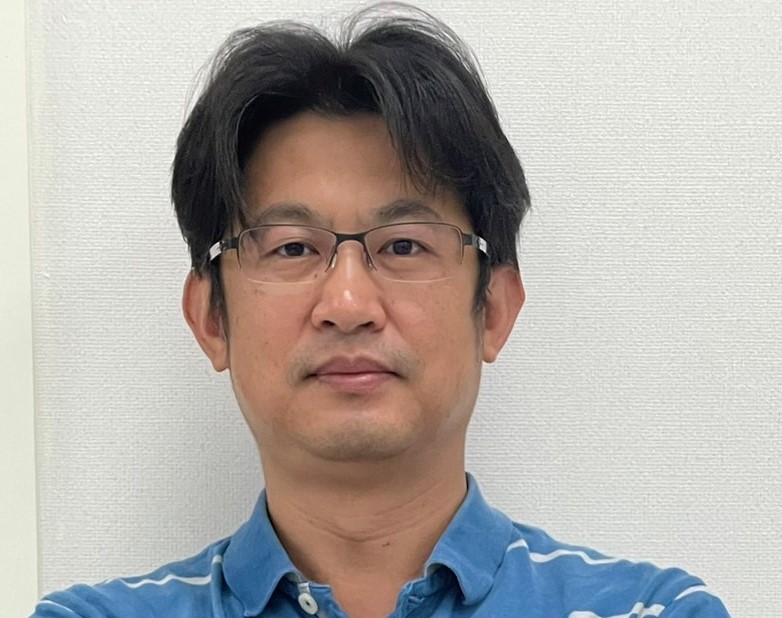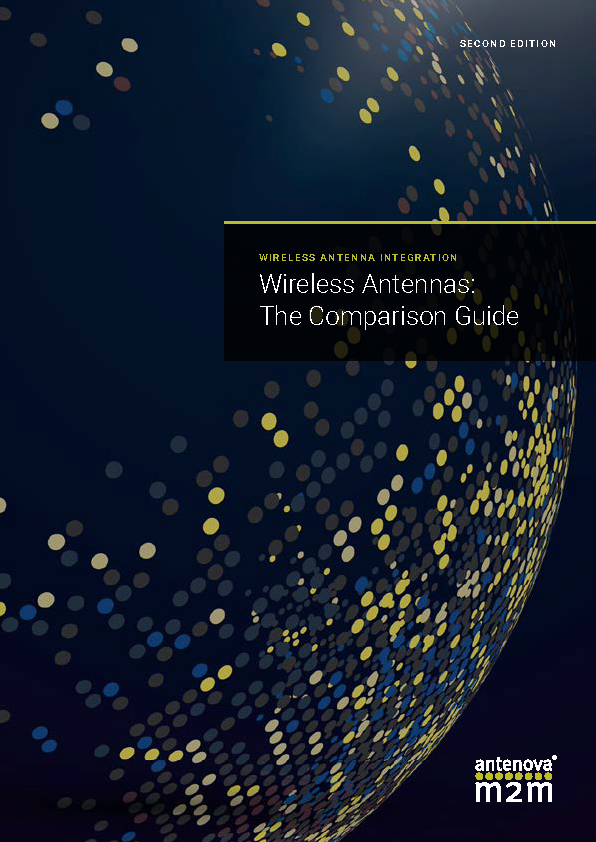I need help in designing a crossed dipole antenna at 435Mhz using microstrip lines for my interest. Currently, my reference is Gomspace ANT430. However, I am not sure how to calculate the antenna impedance, and how does it related to the microstrip line? Why is there a 90 degrees phase shift? How does the input signal look like with a single dipole and a crossed dipole without phase adjustment? How to adjust the phase factor and what do I need to look out for? Thank you for your help.
Yu Kai Yeung
Antenna Engineer at Antenova Yu Kai is an antenna expert with over 10 years of experience in the design and testing of antennas. He has experience helping customers with certification testing, combined with his knowledge of RF measurement procedures.



